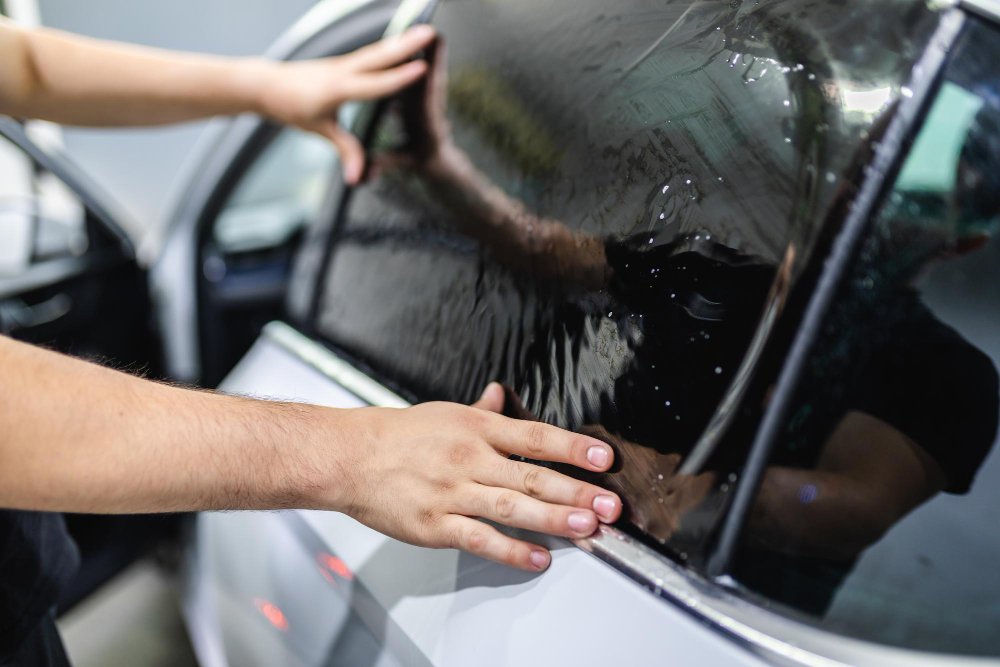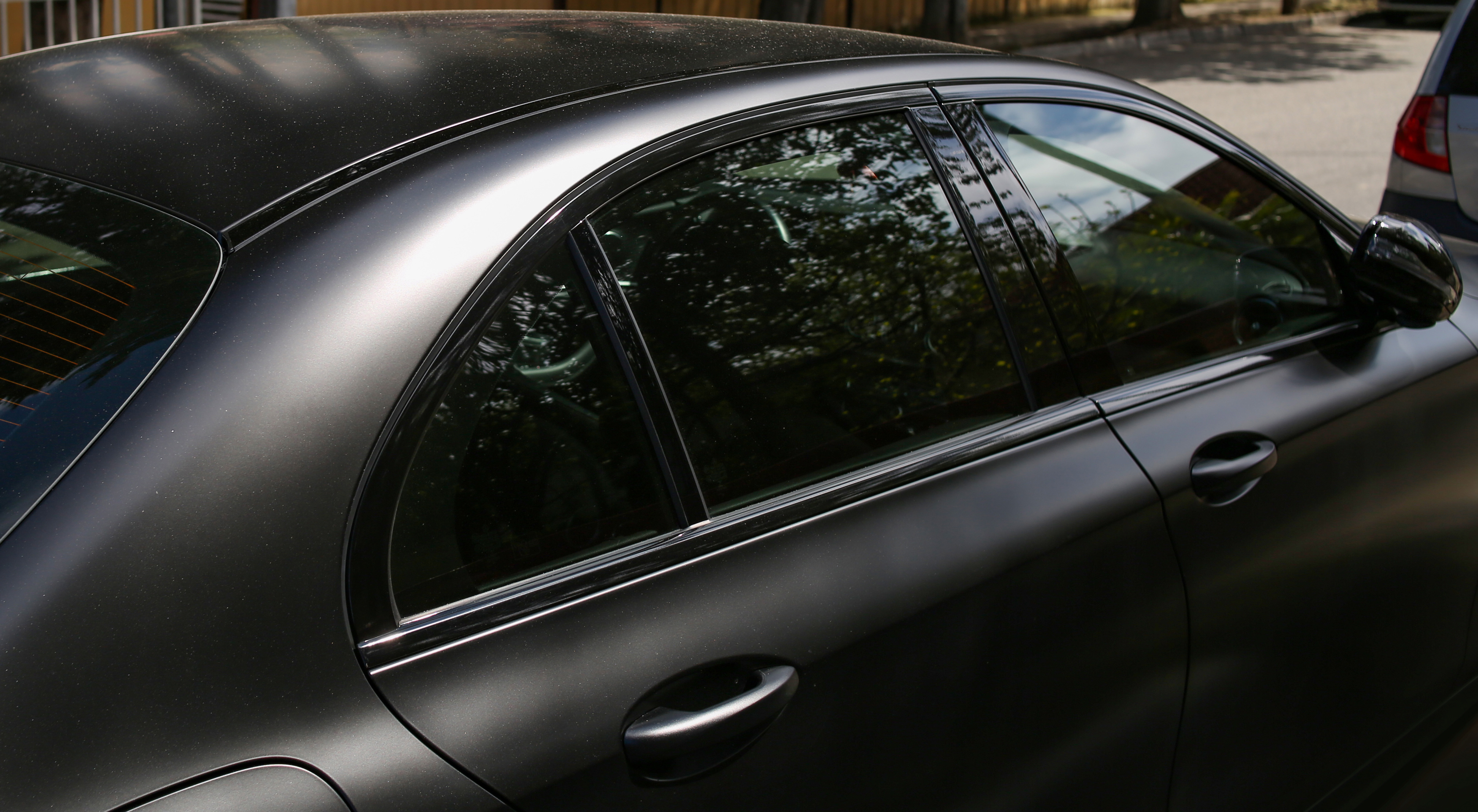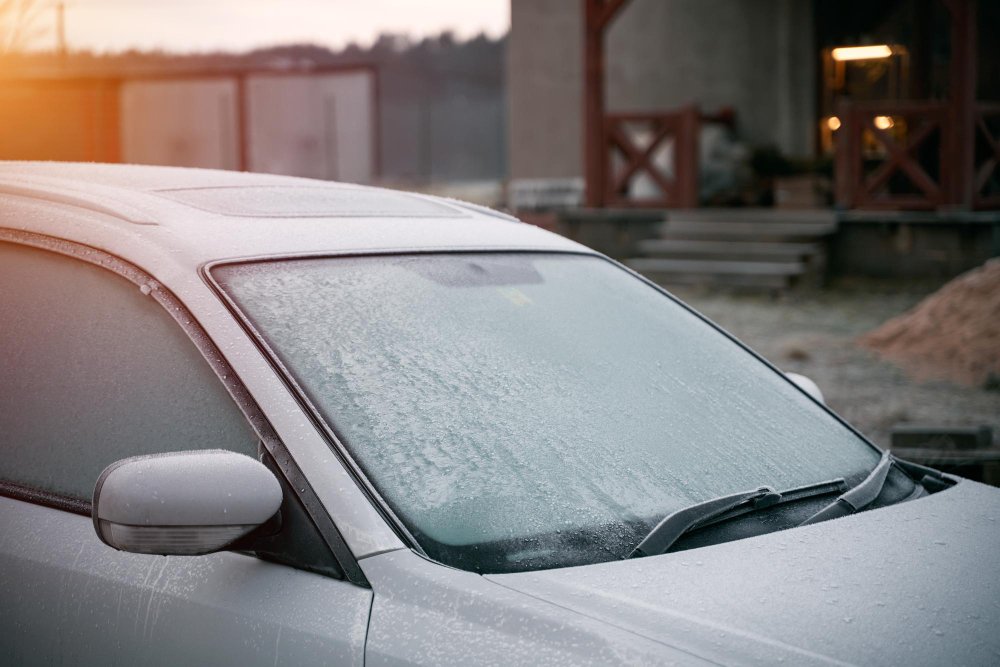Vehicle Window Tinting: A Guide to Picking the Perfect Shade
Vehicle Window Tinting: A Guide to Picking the Perfect Shade
Blog Article
Window Tinting Regulations and Guidelines: What You Required to Know Before Tinting Your Cars And Truck
Before proceeding with home window tinting for your lorry, it is necessary to acquaint on your own with the varied regulations and standards that control this practice throughout different states. These laws determine the permitted levels of tint darkness, commonly measured by noticeable light transmission (VLT) percentages, and include certain terms for front windshields intended at ensuring road security.
Introduction of Home Window Tinting Laws
Window tinting legislations are often subject to variation across different territories, mirroring regional regulations and safety considerations. These laws dictate the allowable degrees of color darkness and reflectiveness on car windows, guaranteeing that vehicle drivers keep ample presence while additionally protecting against damaging UV rays and warmth.
The majority of regulations categorize home window tinting based upon the Visible Light Transmission (VLT) percentage, which indicates the amount of light that can go through the home window. Generally, lower VLT portions symbolize darker tints. Legislations typically distinguish between the front, side, and back home windows, with stricter constraints used to the front windshield to improve safety for both the motorist and various other road customers.
Additionally, some territories enforce limitations on the reflectivity of the color, stopping extreme glow that can hinder presence. Exceptions to these legislations might exist for people with specific clinical problems calling for extra sunlight defense. Compliance with window tinting guidelines is critical, as violations can cause fines, required removal of the color, and potential boosts in insurance premiums. It is necessary for car proprietors to familiarize themselves with local legislations before proceeding with window tinting setups.
State-by-State Color Laws
Understanding the certain home window tinting laws in each state is essential for car owners looking for to comply with the regulation. Each state in the U.S. has actually established its own collection of policies regulating home window tinting, which can vary significantly. These guidelines commonly determine the allowed levels of tint darkness, the types of home windows that can be tinted, and any type of clinical exemptions that might use.
As an example, states like The golden state have rigorous constraints on color darkness for front home windows, while others, such as New Mexico, may allow darker tints. Furthermore, particular states mandate particular exposure percents for numerous windows, including the windshield, front side windows, and back windows. It is important for automobile owners to familiarize themselves with their state's regulations to prevent potential fines or charges.
In addition, some states might call for a certification sticker label to be put on tinted home windows, showing conformity with state legislations. Failure to comply with these regulations not just runs the risk of lawful consequences however can also influence security and exposure while driving. Car proprietors need to carry out complete research or consult neighborhood authorities to make sure complete understanding and conformity with state-by-state tint policies.
Allowed Color Levels and Kinds
Many car owners may be shocked to discover that permitted tint degrees and kinds vary widely across different states. Each state has developed its very own policies concerning the permitted darkness and reflectivity this hyperlink of home window color, often gauged by Visible Light Transmission (VLT) percents. VLT refers to the quantity of light that can travel through the colored home windows; thus, a lower percent shows a darker color.

In addition, the sorts of color products allowed can differ, with some states restricting metallic or mirror-like surfaces. It is essential for automobile owners to acquaint themselves with their state's specific regulations to ensure compliance. Non-compliance can lead to fines, required elimination of the tint, or various other lawful consequences, making it essential to understand these regulations before proceeding with installation.
Medical Exceptions for Tinting
While not all states provide allowances for clinical exemptions regarding window tinting, those that do identify the necessity for specific individuals to enhance visibility and comfort because of clinical problems. Different clinical problems, such as lupus, skin cancer cells, and specific eye problems, can provide individuals particularly conscious sunshine. These individuals might need darker colors to shield themselves from unsafe UV rays and glow.

It is necessary to note that despite a medical exemption, there might still be restrictions on the degree of tint enabled. Conformity with state legislations makes sure that people are both secured and within legal restrictions. Those taking into consideration medical exceptions must contact their regional Division of Motor Cars or equivalent authority to recognize the demands and treatments needed to make an application for an exception effectively.
Charges for Non-Compliance
Failing to abide with window tinting laws can cause considerable charges, which differ by state. Police are encouraged to release citations for cars that do not abide by the defined tinting policies. These penalties normally include fines, which can range from small total up to a number of hundred my review here dollars, depending upon the seriousness of the offense and the state in question.
In some territories, duplicated offenses might cause intensifying fines or additional penalties, such as required court looks. Additionally, non-compliance may necessitate the removal of prohibited tinting, typically at the owner's expenditure. In extreme cases, habitual transgressors may encounter suspension of their automobile registration until compliance is achieved.
Furthermore, insurance coverage ramifications might occur from receiving multiple citations for window tint offenses. Insurers might view such offenses as an indication of riskier habits, possibly leading to enhanced costs or problem in coverage.
To avoid these fines, it is crucial for automobile owners to acquaint themselves with their neighborhood window tinting regulations and make sure that their lorry complies (Window Tinting). This positive strategy not only prevents lawful ramifications yet likewise advertises roadway safety
Verdict

Many laws categorize home window tinting based on the Visible Light Transmission (VLT) percent, which shows the quantity of light that can pass via the home window. Conformity with home window tinting policies is important, as offenses can result in penalties, obligatory removal of the tint, and possible rises in insurance coverage premiums.Understanding the details window tinting policies in each state is important for car owners seeking to conform with the legislation. These policies commonly determine the allowed degrees of color darkness, the types of windows that can be tinted, and any type of medical exceptions that might apply.
For instance, states like Read Full Report California have strict limitations on tint darkness for front home windows, while others, such as New Mexico, might permit darker colors.
Report this page